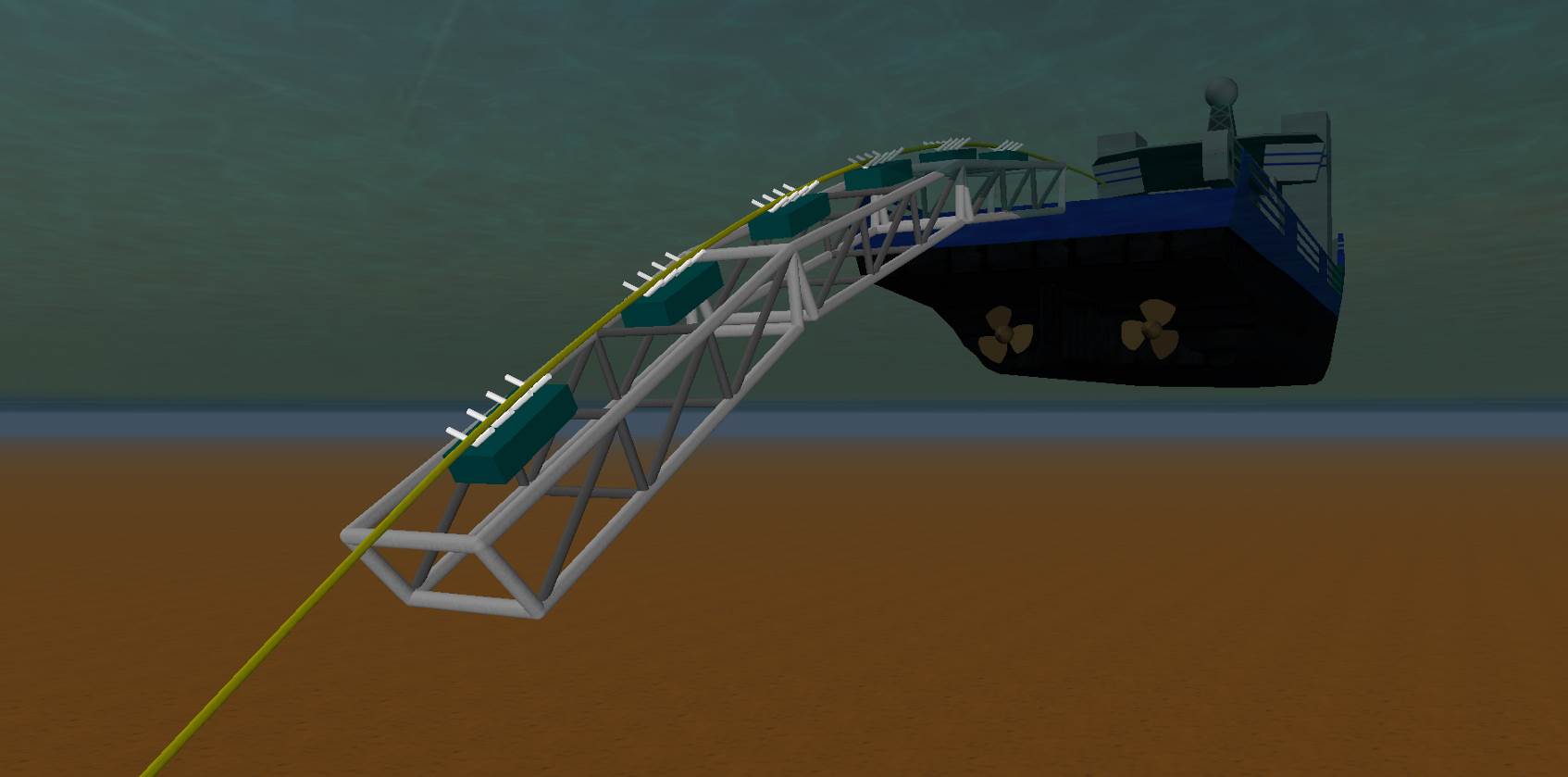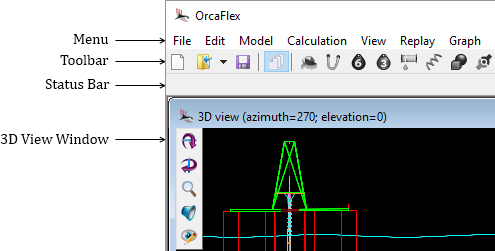
The output feature class will have a BUFF_DIST field that contains the buffer distance used to buffer each feature in the linear unit of the input's coordinate system. If you reproject buffers containing circular arcs, first use the Densify tool to convert circular arc segments to straight lines, and then reproject the densified buffers. If buffers containing circular arcs are reprojected to a different coordinate system, the location and size of the original buffers will be transformed, but the shape of the buffers will not change, causing the reprojected buffers to no longer accurately represent the area covered by the original buffer. When buffering features in a projected coordinate system with output to a geodatabase feature class, the geometries created may contain circular arc segments (when buffering points, the output will always be circular arcs). When using the Planar method, you can improve the accuracy of buffers created with projected inputs using a projection that minimizes distance distortion, such as an Equidistant Conic or an Azimuthal Equidistant projection, and is geographically appropriate for your input. You can change the coordinate system of a feature class using the Project tool, or you can set the Output Coordinate System geoprocessing environment before executing the Buffer tool, and this coordinate system will be used when creating buffers.

In some cases, this may take more time than the geodesic buffer created using the Planar option, but the result is a buffer that more accurately matches the shape of the input feature. If you are concerned about the shape of your buffers and how closely their shape matches the original input features, it is recommended that you investigate using this option, particularly when your input data is in a geographic coordinate system. The shape-preserving geodesic buffer densifies the input features prior to creating the output geodesic buffers to create buffers that more closely represent the input features' shape.

The Method parameter determines how buffers are created. For more information, see How Buffer works. When displayed on a globe, however, these buffers will look correct (you can also use the ArcGlobe or ArcGIS Earth applications to view geographic data on a three-dimensional globe). Geodesic buffers may appear unusual on a flat map.




 0 kommentar(er)
0 kommentar(er)
